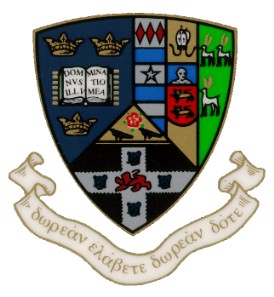| abstract |
The Story Goes On is a two-part work: Part One is a creative writing guide, developed for high school honors creative writing students who are writing literary spinoffs of classic novels. The guide takes the students, who are working on their capstone, through a series of steps, which range from selecting classic works of literature (to spin off) to a group of writing exercises aimed at excavating, by invention, the backstories of characters (particularly those from underrepresented populations in society) whose stories are not fully drawn in the classics. The agreed-upon premise is that these characters led more fully human lives than those we witness when we meet them in the classic novels and that there are important reasons as to why they behave the way they do in the classics that are rooted in what happened to them in their personal histories. The ultimate goal of this capstone is to prove that classic literature does not need to be eliminated from high school English curricula in favor of more (so-called) accessible, more contemporary, or more representative-of-the-population-that-is-assigned-to-read-them texts. Instead, classic literature can be reimagined.
Part Two of The Story Goes On is a literary spinoff of John Steinbeck's Of Mice and Men. This spinoff takes characters from three underrepresented groups—intellectually disabled, female, and black—from the ranch where we meet them in the classic novel and puts them in their childhood homes. By the time we meet each of the three in Steinbeck's novel, each is lonesome, and each is in search of connectedness and rootedness. The literary spinoff presents times and places when and where they were connected, rooted, cared for, protected, loved—home. Here, they are given fuller lives than those we witness in Steinbeck's novel. In the spinoff, we meet Lennie's mother and his aunt, Clara. We learn Curley's wife's name, meet her mother, and find out the truth regarding the letters she thinks her mother stole. We also learn Crooks's name, meet his family, and learn how Slim and Crooks came to be so respectful of one another. Since the classic novel deals with discrimination—regarding ability, gender, and race—so, too, does the spinoff. Some of the vignettes that make up the spinoff contain moments of brutality. Those moments, however, are balanced with healing and beauty.
|

